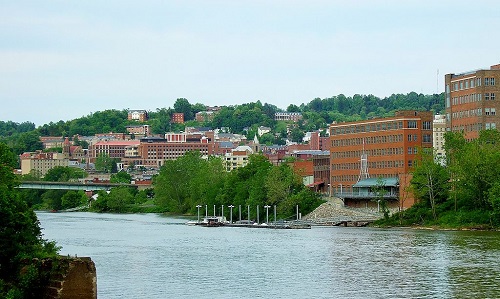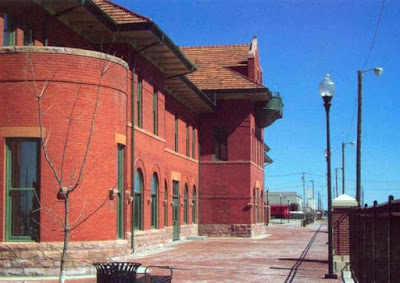Crow Indians Settlers Oil Discovery Microbreweries
and a Heritage Trail
Billings is the largest city in Montana and
is located in the south-central portion of the state. With the Bakken oil
development in eastern Montana and western North Dakota, the largest oil
discovery in U.S. history, as well as the Heath shale oil discovery, the
city's growth rate stayed high during the shale oil boom. Nicknamed the Magic
City because of its rapid growth from its founding as a railroad town in
March 1882. It is named for Frederick H. Billings. Billings is the trade
and distribution center for much of Montana east of the Continental Divide,
Northern Wyoming, and western portions of North and South Dakota. Billings
is also the retail destination for much of the same area. With more hotel
accommodations than any area within a five-state region, the city hosts a
variety of conventions, concerts, sporting events, and other rallies.
The downtown area and much
of the rest of Billings is in the Yellowstone Valley which is a canyon carved
out by the Yellowstone River.
The Crow Indians have called the
Billings area home since about 1700
Settlers from
the Gallatin Valley area of the Montana Territory formed Coulson the
first town of the Yellowstone Valley. The town was started when John
Alderson built a sawmill and convinced PW McAdow to open a general store and
trading post on land that Alderson owned on the bank of the Yellowstone River. Before
the railroad, most goods coming to and going from the Montana Territory were
carried on paddle riverboats. When the railroad came to the area, they established
the new town of Billings; for a short-time the two towns were linked with a
trolley service.
Coulson was a rough town of dance halls
and saloons and not a single church
Downtown Billings
is a blend
of small businesses and office space, together with restaurants and a walkable brewery
district. With eight microbreweries, Billings has more breweries than any
community in Montana. Downtown Billings also has a distillery that makes a
variety of handcrafted spirits. Babcock Theater is a 750-seat performing arts
theater built in 1907 and at the time was considered the largest theater
between Minneapolis and Seattle.
Neighborhoods are at the heart of Billings. The south side is probably the
oldest residential area in the city, and it is the most culturally diverse
neighborhood. South Park is an old growth City park, host to several food fairs
and festivals in the summer months. The Bottom Westend Historic District is
home to many of Billings first mansions. Midtown is undergoing gentrification
and new growth is mainly concentrated on the West End.
MET Transit provides fixed-route and para transit bus service. All MET
buses are accessible by citizens who use wheelchairs and other mobility
devices. They are wheelchair lift-equipped and accessible to all citizens who
are unable to use the stairs. MET buses are equipped with bike racks for their
bike-riding passengers.
The Heritage Trail System has
well-maintained trails and pathways
Around Billings, there are seven
mountain ranges, including the Bighorn and Pryor Mountains, home the Pryor
Mountain Wild Horse Range.






























